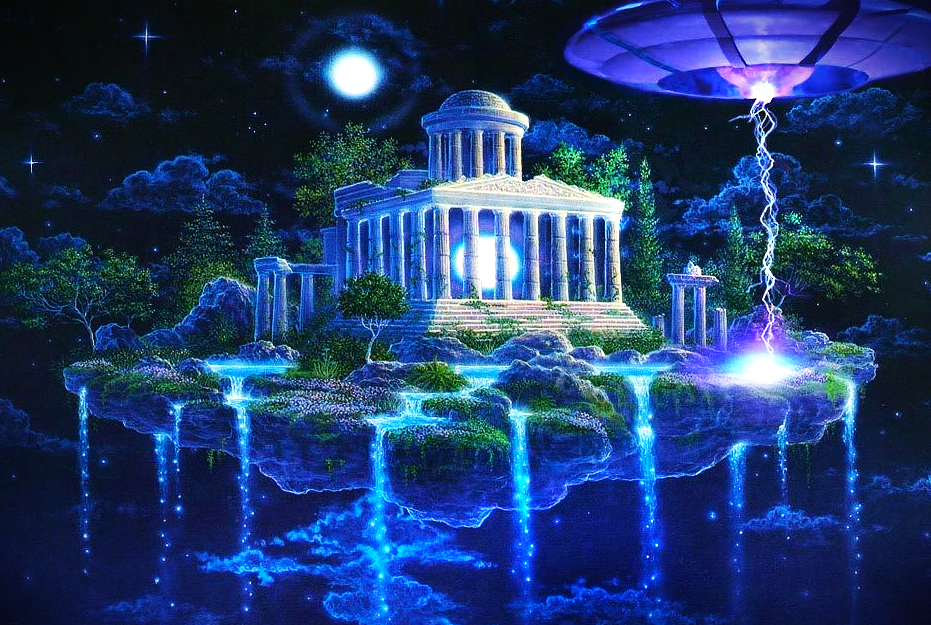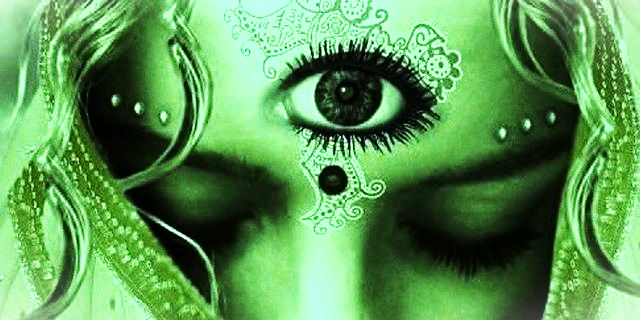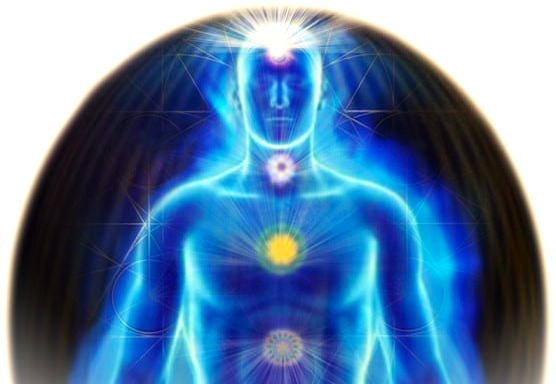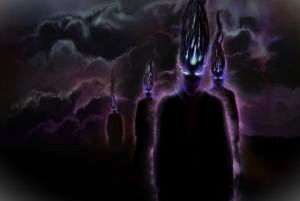
First and foremost, I want to emphasize that the astral plane is a realm with seven subdivisions, each characterized by its degree of materiality and condition of matter.
These subdivisions can be categorized into three groups. Divisions 1, 2, and 3 forms one group, while divisions 4, 5, and 6 form another, and the seventh, the lowest of all, stands alone.

These divisions differ significantly in materiality, with the matter in each class being somewhat akin to the difference between a solid and a liquid.
Even within a single class of divisions, the variations are more comparable to the distinctions between different types of solids, such as steel and sand.
Leaving aside the seventh division, for now, let’s focus on divisions 4, 5, and 6. These levels of the astral plane have a backdrop that resembles our physical world and all its familiar elements. Life in the sixth division mirrors our everyday existence on Earth, minus the physical body and its necessities.

As we ascend through the fifth and fourth divisions, the matter becomes less material, and the connection to our physical world diminishes.
In these lower divisions, the scenery mirrors our earthly surroundings, but when viewed from the astral perspective, even physical objects take on a vastly different appearance.
In the astral plane, objects aren’t seen from just one angle, but from all sides simultaneously, making it initially bewildering. Even the internal particles of a solid object are as visible as those on the surface. For instance, when viewing a glass cube on the astral plane, all its sides appear equal, as they truly are, whereas, in our physical world, the further side appears smaller due to perspective, which is an optical illusion.

Astral vision has been likened to seeing in the fourth dimension because it offers a more comprehensive understanding of objects.
Furthermore, astral sight reveals forms of matter that are physical but invisible to our ordinary senses, such as atmospheric particles and various emanations produced by living beings.
There are also finer grades of physical matter, often described as etheric matter, which are intricately interconnected and penetrate all other forms of physical matter. The study of their vibrations and how higher forces interact with them offers a rich field for scientific exploration.

However, our exploration of the astral plane doesn’t stop here.
Every material object, down to its smallest particle, has its astral counterpart, and each living being is enveloped by an aura, which is often called its “auric egg¹.”
This aura is a luminous, complex structure that reflects an individual’s state of being. As one’s astral vision develops, one can discern various aspects of the aura, such as the etheric double², the kâmic aura, the devachanic body, and the Kârana Sharîra, each revealing different layers of an individual’s nature and spiritual development.
It’s crucial to recognize that these auras aren’t mere emanations but are the actual manifestations of the Ego on their respective planes. They are what truly represent a person, rather than their physical body. The physical body crystallizes within the auric egg, making it the real embodiment of the individual.

The etheric double, a denser form of matter within the physical plane, plays a vital role in the development of the physical body.
It acts as a template for the physical form and is shaped by the Lords of Karma.
In the astral plane, the power of magnification is exceptional. Even the tiniest physical particles can be enlarged to a degree far beyond the capabilities of any microscope.
This allows for the observation of complex structures within the atom, which are more intricate than currently understood by mainstream science. Beyond the visible spectrum, the astral sight also reveals colors in the ultra-red and ultra-violet ranges.

However, there is much more to explore on the astral plane, including the complexities of the astral matter and its various subdivisions.
The astral plane is a vast and intricate realm, offering endless possibilities for investigation and discovery. For instance, the seventh, or lowest, subdivision of the astral plane presents a distorted view of our physical world, a dark and eerie place where entities create their own nightmarish reality.
The first three subdivisions appear more removed from the physical world, with entities losing sight of the Earth and creating their own surroundings, often reflecting their own beliefs and desires. Communication on these levels is limited, similar to our world, as entities form groups based on shared interests, language, and beliefs.

The Records of the Astral Light is an essential aspect of the astral plane, serving as a sort of photographic representation of all past events.
These records are permanently impressed upon the higher medium called the Âkâsha and are reflected in the astral light. Although not always coherent, they offer glimpses of the past and contribute to the rich tapestry of the astral realm.
Appendix:
¹ The Auric Egg, also known as the Auric Envelope or Atmic Aura, is an akashic film that surrounds all the principles of a person and preserves the karmic causes and effects generated by a person during all his incarnations.

It is the boundary between man’s spiritual being and cosmic life and is the synthesizing element of human principles. The Auric Egg is a field or spiritual aura that contains the personality and the Reincarnating Ego and is directly related to both the divine and the physical man. It has to be well studied due to its nature and manifold functions.
² The etheric double, also known as the etheric body or astral body, is an invisible part of the physical body that interpenetrates and extends beyond it, forming the aura. It is composed of physical matter known as etheric, superetheric, subatomic, and atomic.

The chakras are the sense organs of the etheric double, and they supply the physical body with the vitality necessary for its existence and well-being during life. The etheric double is an exact counterpart of the physical body and is separable from the physical but cannot move very far away from it.
Rudolf Steiner, the founder of Anthroposophy, often referred to the etheric body in association with the etheric formative forces and the evolution of man and the cosmos.
³ Devachan is a temporary, intermediate state of being between death and rebirth. It is regarded as the place where most souls go after death, where desires are gratified, corresponding to the Christian belief in Heaven.

After death, the soul learns to cast off the instincts that are connected with the body in the astral world. After this, the soul passes into Devachan for the long period that lies between two incarnations.
In Devachan, the soul enjoys felicity, but as the gods have no such bodies as ours, the Self in Devachan is devoid of a mortal body. This state lasts “for years of infinite number,” or “for a period proportionate to the merit of the being.”

When the mental forces peculiar to the state are exhausted, the being is drawn down again to be reborn in the world of mortals.
by: Peter Molnar


